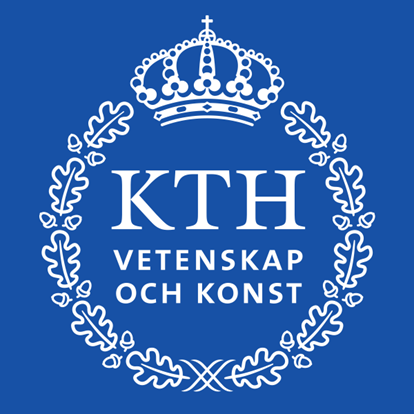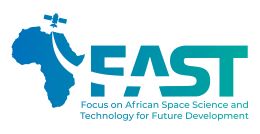
Royal Institute of Technology KTH is a public technical university in Sweden. KTH is responsible for one third of Sweden’s capacity for technical research and is the country’s largest organizer of technical/engineering education at university level. KTH is organized into five Schools, each covering a major field of engineering science. KTH education and research cover a broad spectrum – from natural sciences to all branches of engineering plus architecture, industrial economics, urban planning, work science and environmental technology. In addition to the research carried out by KTH’s Schools, a large number of national Competence Centers are located at KTH. To facilitate formulation of cross-disciplinary research, KTH has set up six research platforms designed to break down traditional barriers between academic disciplines to deliver practical results that can help solve overarching global challenges. The Research Platforms encompass: Energy, ICT, Materials, Transport and Life Science Technology. There are over 14 thousand full year-equivalent undergraduate students, almost 2 thousand active research students and over 4 thousand employees.
Since its founding in 1827, Royal Institute of Technology KTH in Stockholm has grown to become one of Europe’s pre-eminent technical and engineering universities, as well as a key center of intellectual talent and innovation. As Sweden’s largest provider of technical education and research, KTH attracts students, teachers and academic researchers from all corners of the globe. KTH works closely with industry and society in general in the pursuit of sustainable solutions to some of humanity’s greatest challenges: climate change, future energy supplies, urbanisation and quality of life for an aging population. According to QS World University Rankings, KTH is number one in Sweden and entering the QS ranking among the top 30 technical universities on a world scale.
This project will involve two KTH Schools: School of Engineering Science and School of Electrical Engineering and Computer Science. School of Engineering Science participates through KTH Space Centre, coordinates and promotes space activities in a number of research groups throughout KTH. KTH Space Centre holds a series of seminars, coordinates space education at KTH, and generally represents KTH in space-related questions. The Centre supports the MIST student satellite project, as well as a number of student associations, etc.
School of Electrical Engineering and Computer Science participates through Division of Space and Plasma Physics. The Division pursues experimental space plasma physics research, building instruments for a range of space missions, and actively participating in data interpretation and analysis. The Division has been involved in such international space missions as ESA’s Cluster mission to the magnetosphere of the Earth, ESA’s Rosetta mission to Comet 67P Churyumov/Gerasimenko, ESA/JAXA’s BepiColombo mission to Mercury, NASA’s MMS mission to the magnetosphere, to name a few. The Division plays an active role in the national research with small satellites, such as Viking, Freja, Astrid, as well as sounding rockets.
Role in the project
WP6: The team from KTH will primarily contribute to WP6, with special attention for T6.2, capitalizing of the broad experience on sensors and probes for space exploration.



